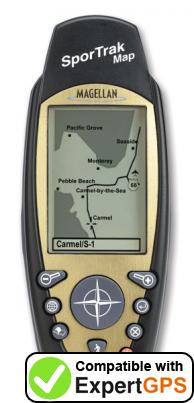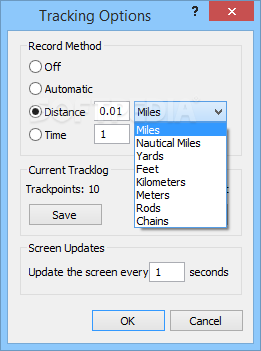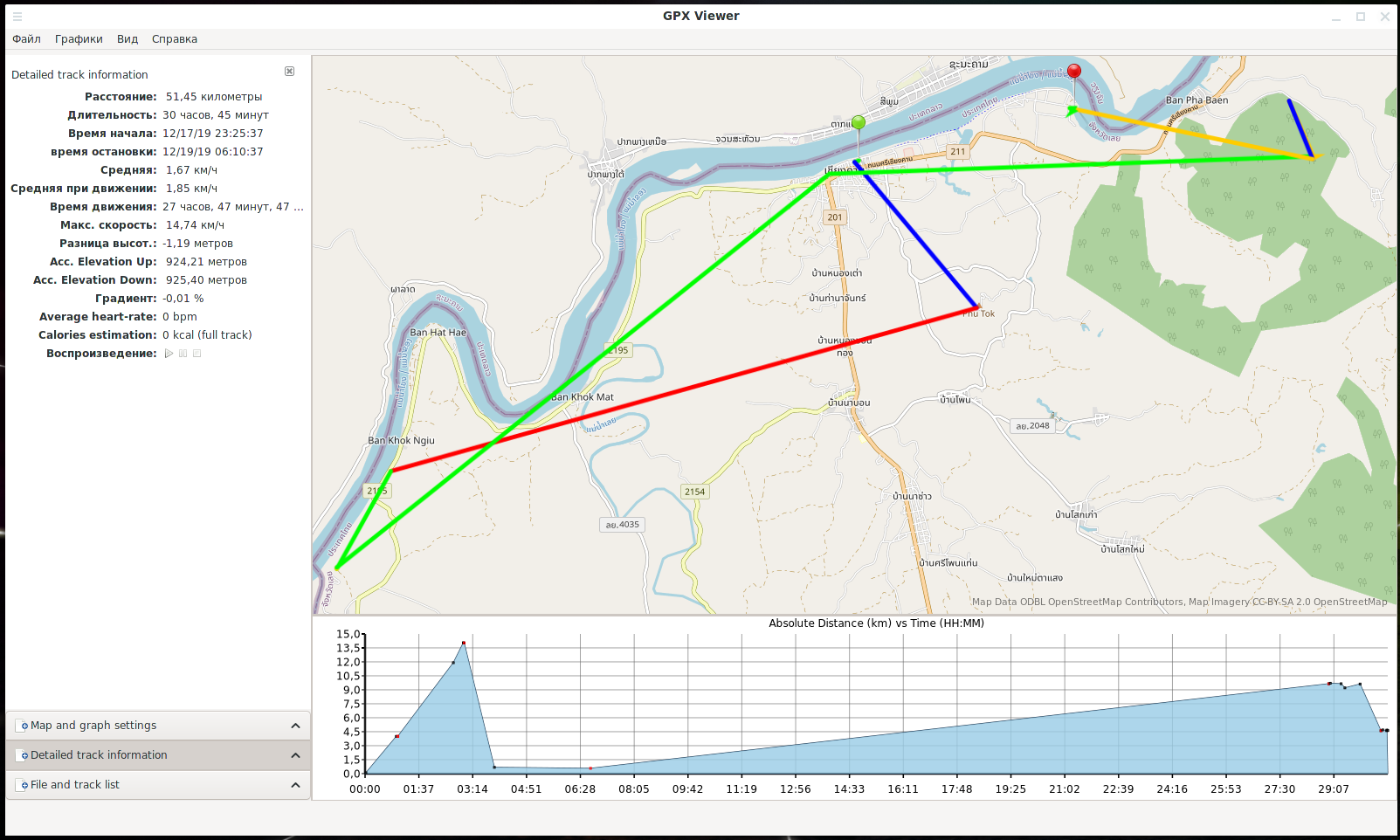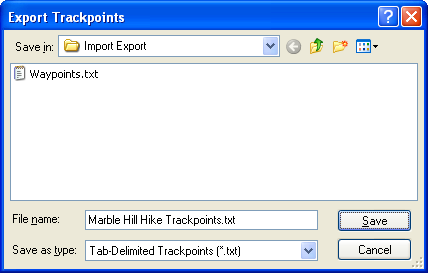
The physical distance represented by a unit difference between two longitudes is not constant, and depends on the position. While latitude/longitude are useful to represent a position on the earth surface, they are not suitable for mathematical calculations as they don’t provide a cartesian coordinate system. Most people think about latitude/longitude and height when they think about position. To do so, we must first define what position means. The fundamental task of a GPS system is to calculate position.
#EXPERTGPS TRACK DIRECTION SERIES#
#EXPERTGPS TRACK DIRECTION CODE#

For example, the concept of height above the earth surface is something that people intuitively understand, but turns out to be tricky idea to precisely define. An understanding of these coordinate systems is essential for understanding how GPS works and is useful in its own right.

The post is divided into 3 parts – the first part describes the various coordinate systems used to express position. The wikipedia article referenced above also provides an interesting history of the origins of the GPS system dating back to Sputnik, the first man made satellite launched in space. For example, latest GPS receivers can receive signals from both GPS and GLONASS satellites, improving positioning accuracy. This may seem like a waste of resources, but many of these systems operate using the same standards as GPS and are interoperable. Examples are GLONASS by Russia, Galileo by the European Union and BeiDou by China.

Other countries therefore decided to implement their own GPS like systems. For example, according to this wikipedia article, access to GPS data was denied to the Indian military during the Kargil conflict. As such, access to GPS data can be degraded or denied to other nations due to geopolitical concerns.

GPS is owned by the US government and operated by the US air force. More specifically, we’ll first learn how position is calculated from range measurements to GPS satellites and then consider a concrete example where we’ll process raw data collected by a commercial GPS receiver to obtain user position estimates. The purpose of this post is to show you how. Indeed, GPS is so much a part of our lives that few of us stop and wonder how it actually works. Position estimation using GPS is now so accurate that GPS is being used for measuring plate tectonics and continental drift. From getting directions using Google maps to hailing a ride using a ride sharing app, countless individuals and businesses rely on accurate position estimation using GPS. We are all familiar with GPS (Global Positioning System) and its myriad applications.


 0 kommentar(er)
0 kommentar(er)
